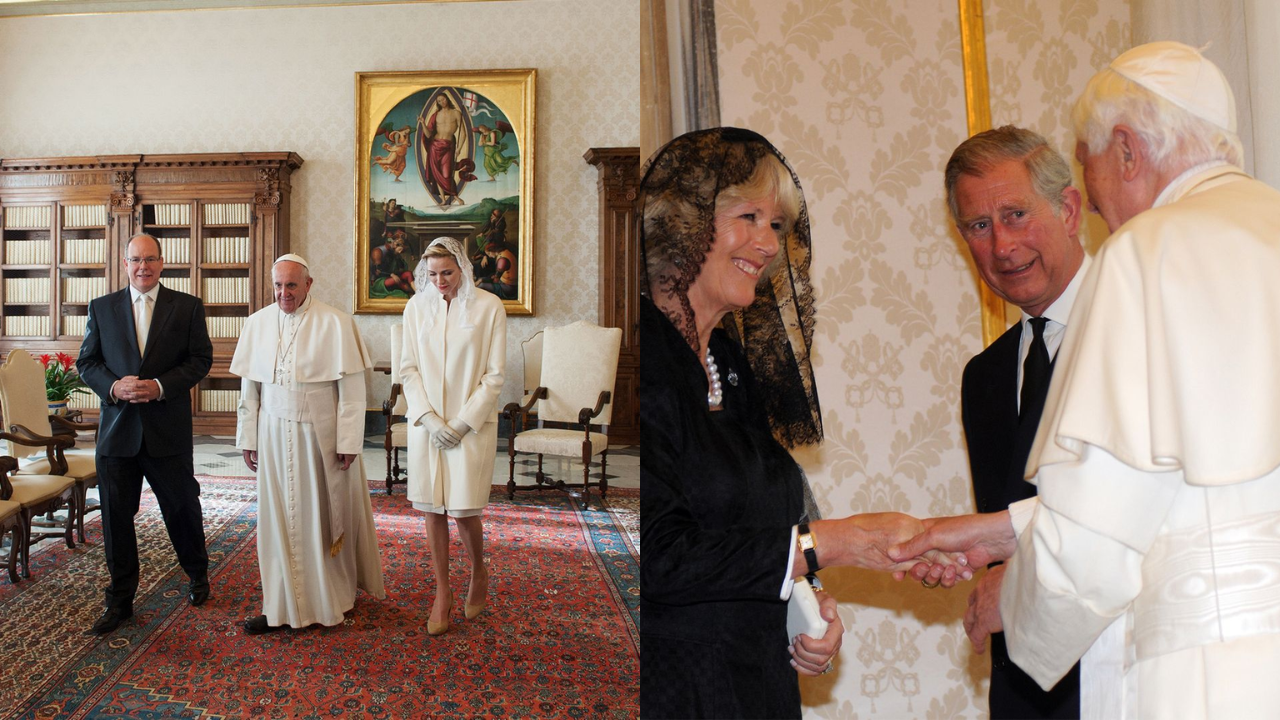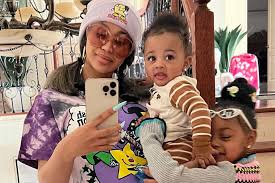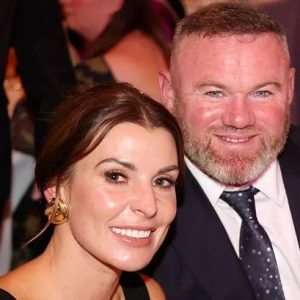When a woman meets the Pope at the Vatican – the heart of the Catholic Church – protocol and dress are always strictly regulated. Traditionally, all women, including heads of state and royalty, wear black: a modest, long-sleeved dress and a black veil – symbolizing modesty and formality before the Holy Father.
There is, however, one interesting exception – a privilege known as the “privilège du blanc” (white privilege). This is a privilege that only a very small number of Catholic royal women are allowed to receive, allowing them to wear all white – from skirt, blouse to veil – when meeting the Pope. In the world today, there are only 7 women who have this privilege.
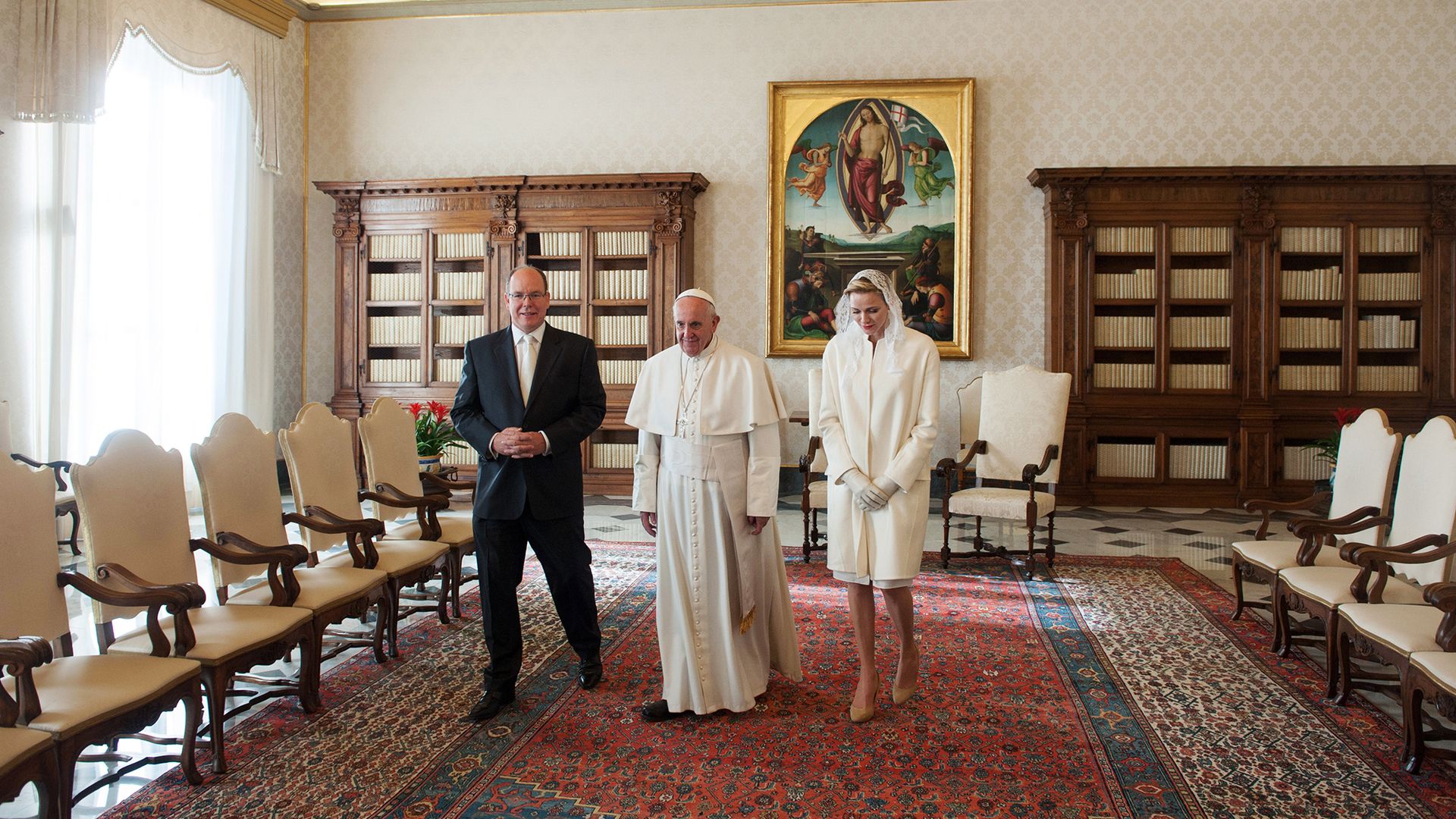
Privilège du blanc: History and meaning
Originating from the long reign of the Pope, privilège du blanc is not only a social convention, but also a profound symbol of faith and the special connection between the Holy See and the Catholic monarchies.
White in Catholicism represents purity, holiness and honor – it is often used in baptisms, Easter celebrations and papal attire. When a royal woman is allowed to wear white before the Pope, it not only reflects her high status but also the deep Catholic tradition of the royal family she represents.

Although there is no official document specifically listing them, according to historical practice and unwritten rules, only Queens or Princesses of Catholic royal families that still exist and are recognized by the Holy See enjoy this privilege.
7 women enjoy white privilege
1. Queen Sofia of Spain
As the wife of King Juan Carlos I, Queen Sofía met five popes and was respected for her faith and virtue. Although born Orthodox, she converted to Catholicism upon marriage, and was granted the privilege of wearing white by the Vatican early on.
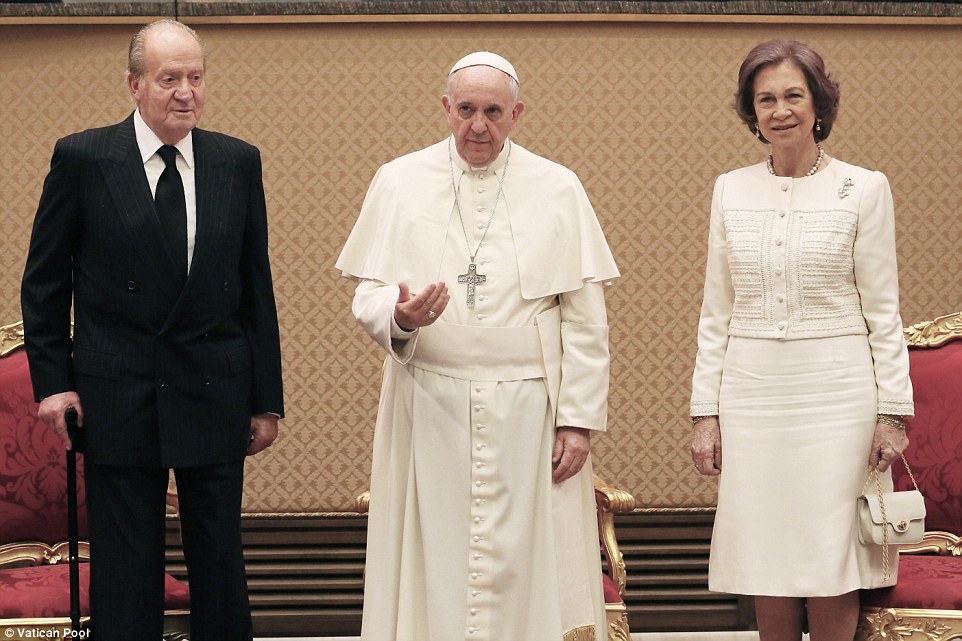
2. Queen Letizia of Spain
As the wife of King Felipe VI, Queen Letizia not only inherited the position of Queen but also the privilege of privilège du blanc from her mother-in-law. She wore white for the first time before the Pope in 2014, after her husband ascended the throne.
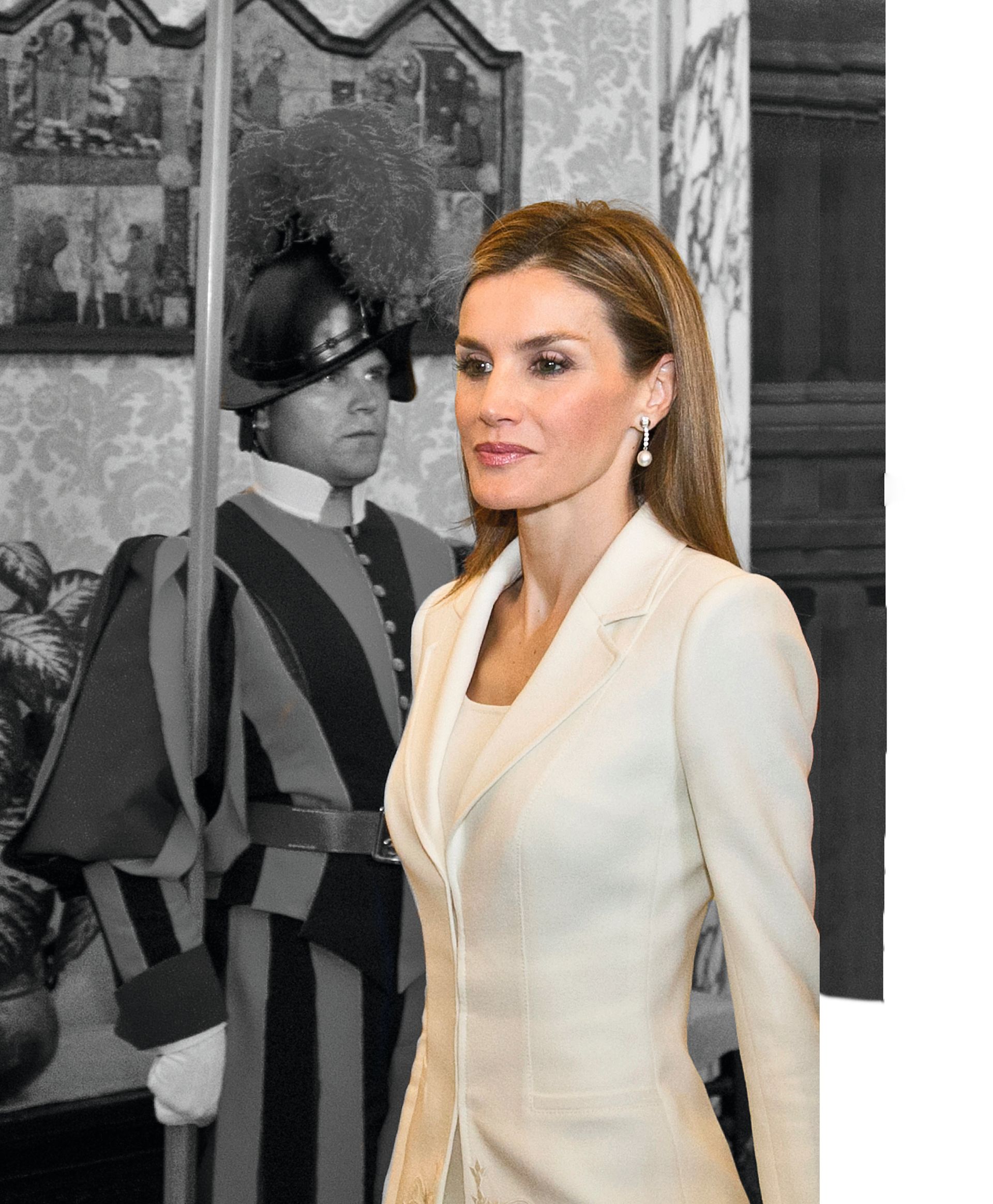
3. Queen Paola of Belgium
Born into an aristocratic Italian family and the wife of King Albert II, Queen Paola has always been known for her elegant style. She was the first Belgian royal to be given the privilege of wearing white after the country strengthened its relationship with the Vatican.
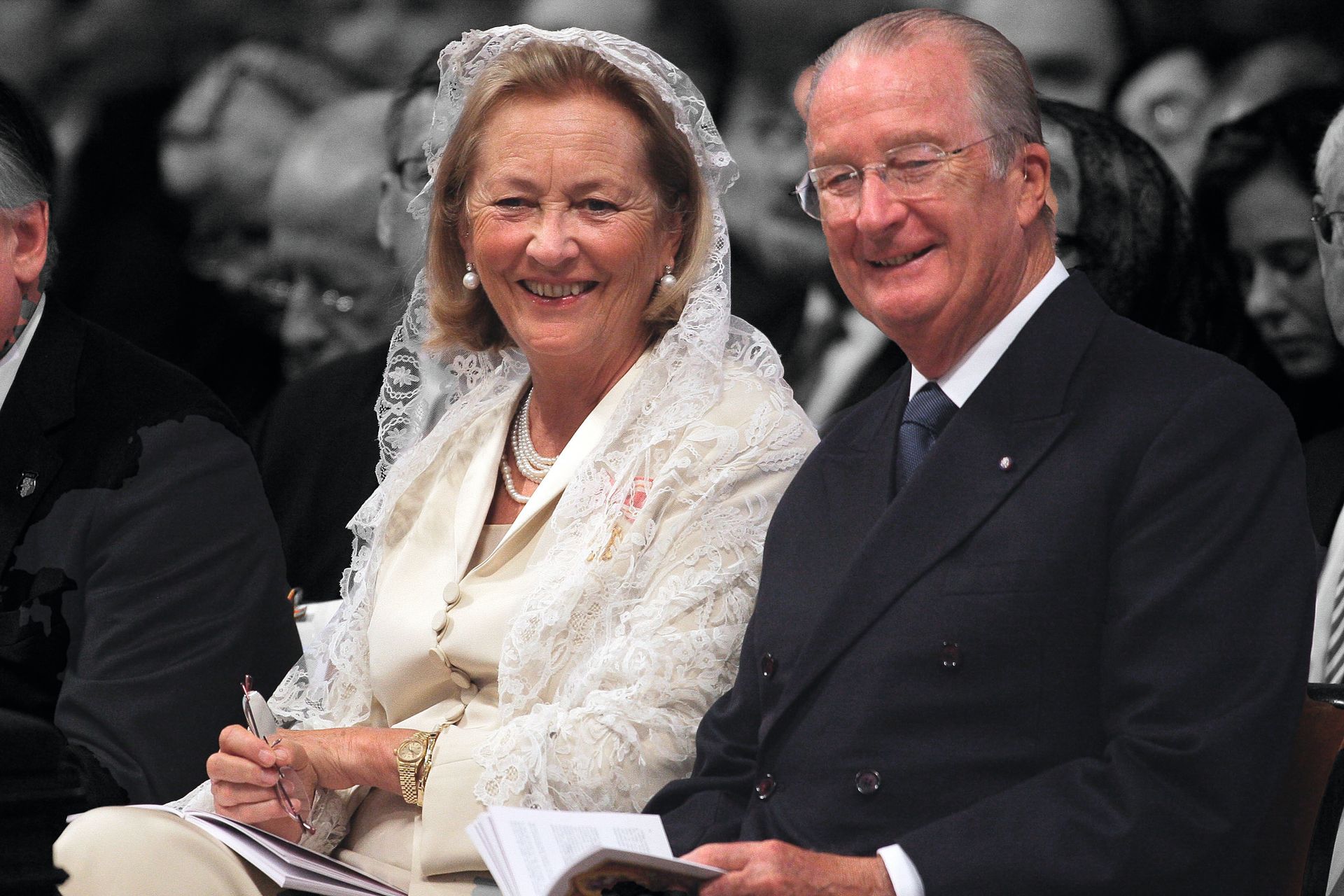
4. Queen Mathilde of Belgium
As the wife of King Philippe, Queen Mathilde has appeared in white several times when meeting Pope Francis. She is one of the youngest queens to be granted this privilege.
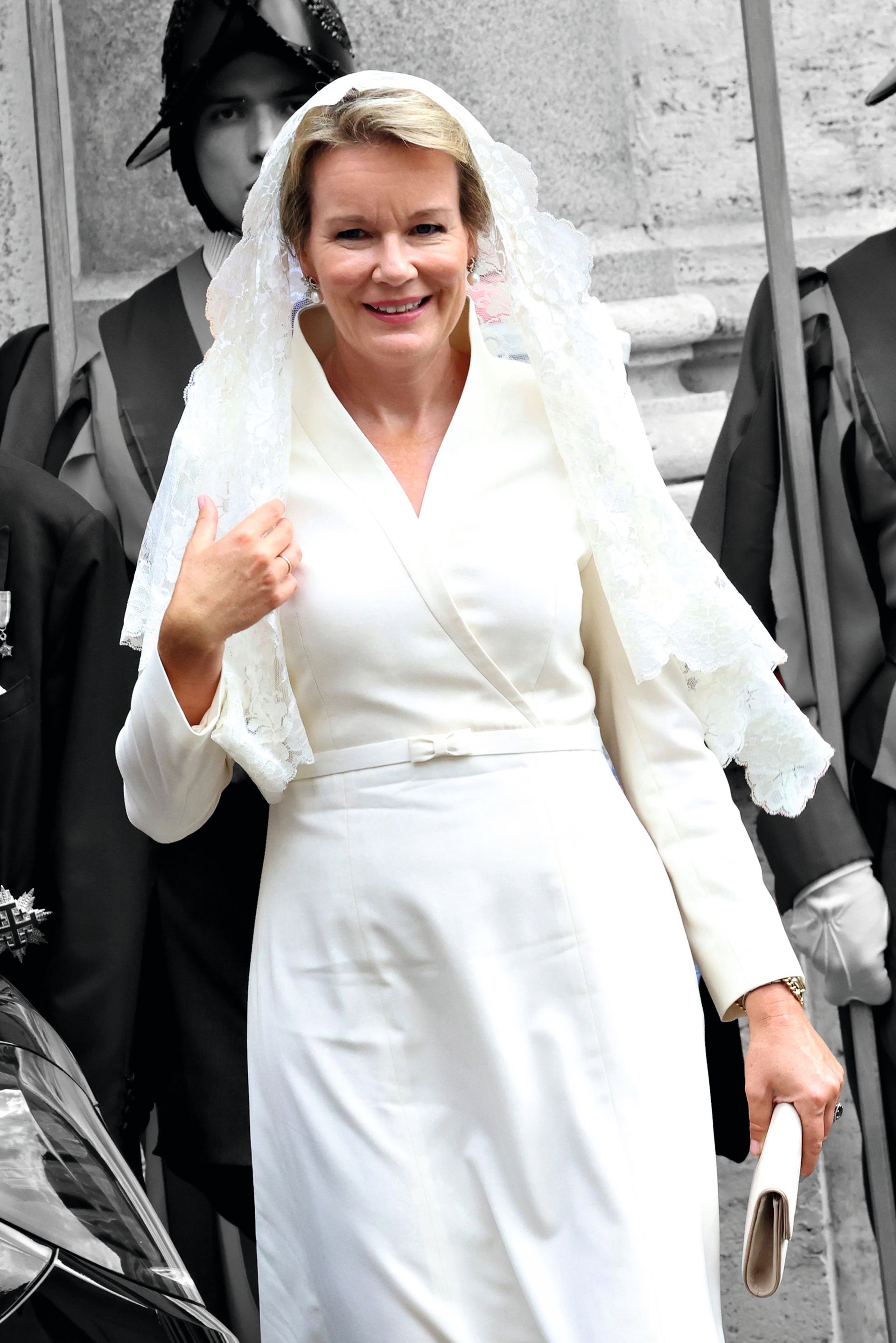
5. Princess Charlene of Monaco
In 2013, Princess Charlene – wife of Prince Albert II of Monaco – was officially granted the right to wear white, despite her non-Catholic background. Her conversion and close ties to Monaco’s Catholic royal family earned her this rare honor from the Vatican.
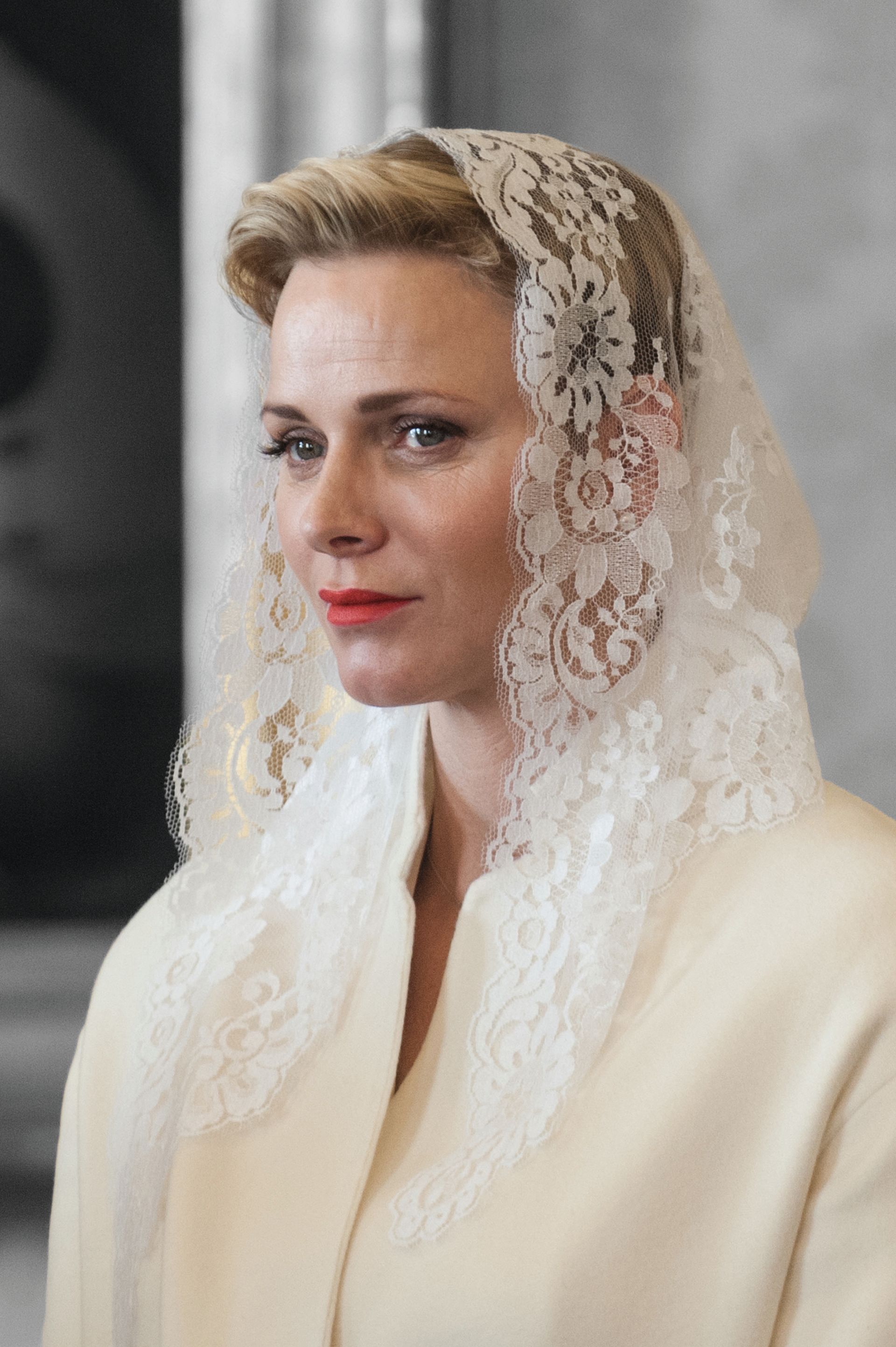
6. Grand Duchess Maria Teresa of Luxembourg
As the wife of Grand Duke Henri, Grand Duchess Maria Teresa is a devout Catholic and regularly attends major religious ceremonies. Since 2000, she has often worn white during papal audiences.
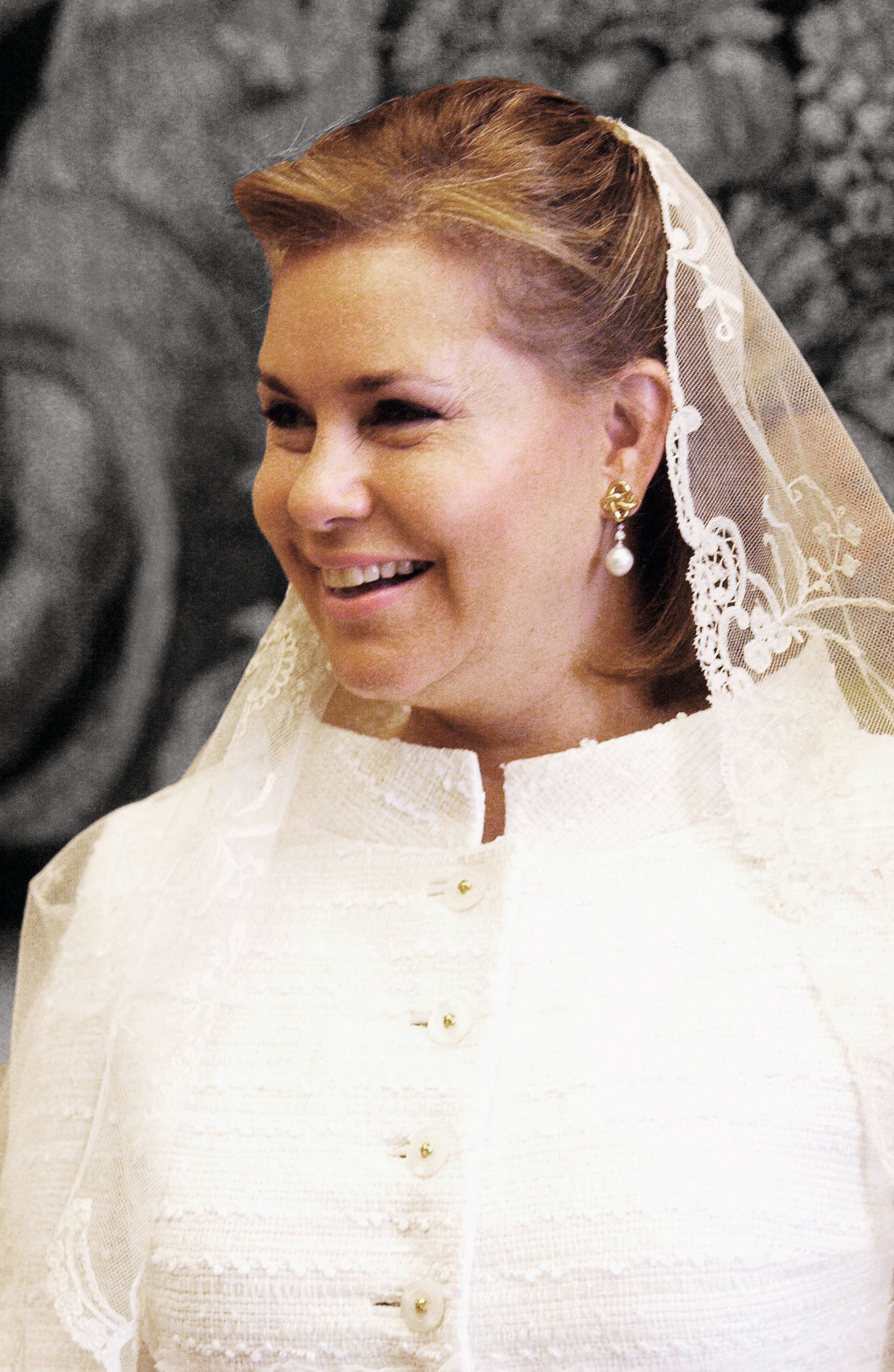
7. Princess Marina of Naples (House of Savoy)
Marina Doria, wife of Vittorio Emanuele, heir to the House of Savoy, is a special case. Although Italy has abolished the monarchy, the Vatican still recognizes the House of Savoy as a long-standing Catholic royal family, allowing Marina to enjoy this privilege at formal ceremonies at the Vatican.
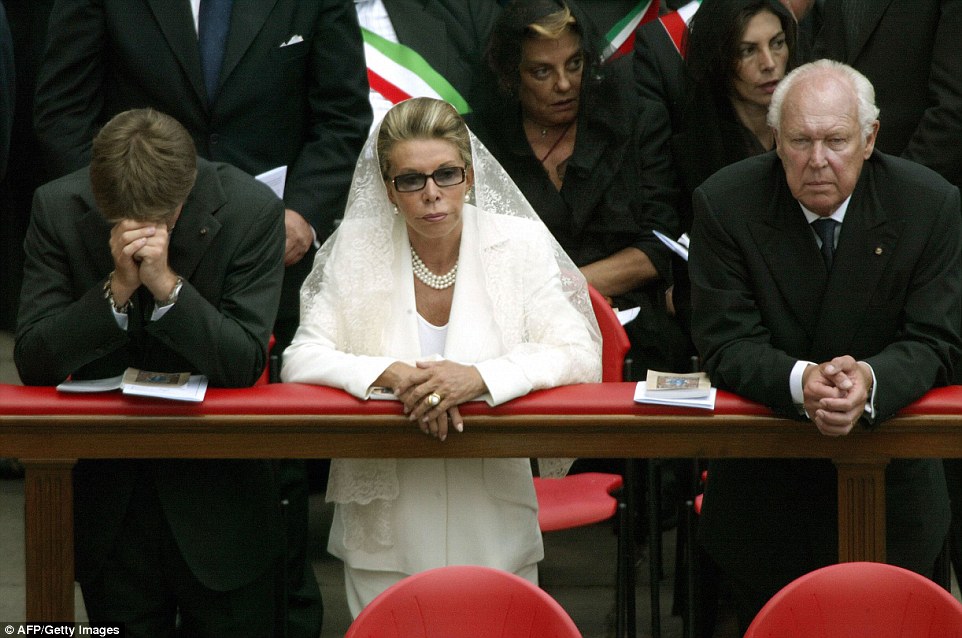
Cases not entitled to privileges
Not every Queen or Princess is allowed to wear white before the Pope, even if they are Catholic. For example:
– Queen Máxima of the Netherlands , although she is Catholic, because the Dutch royal family is Protestant, she is not entitled to this privilege.
– Queen Camilla of England – an Anglican – also always wears black when meeting the Pope, showing compliance with traditional regulations.
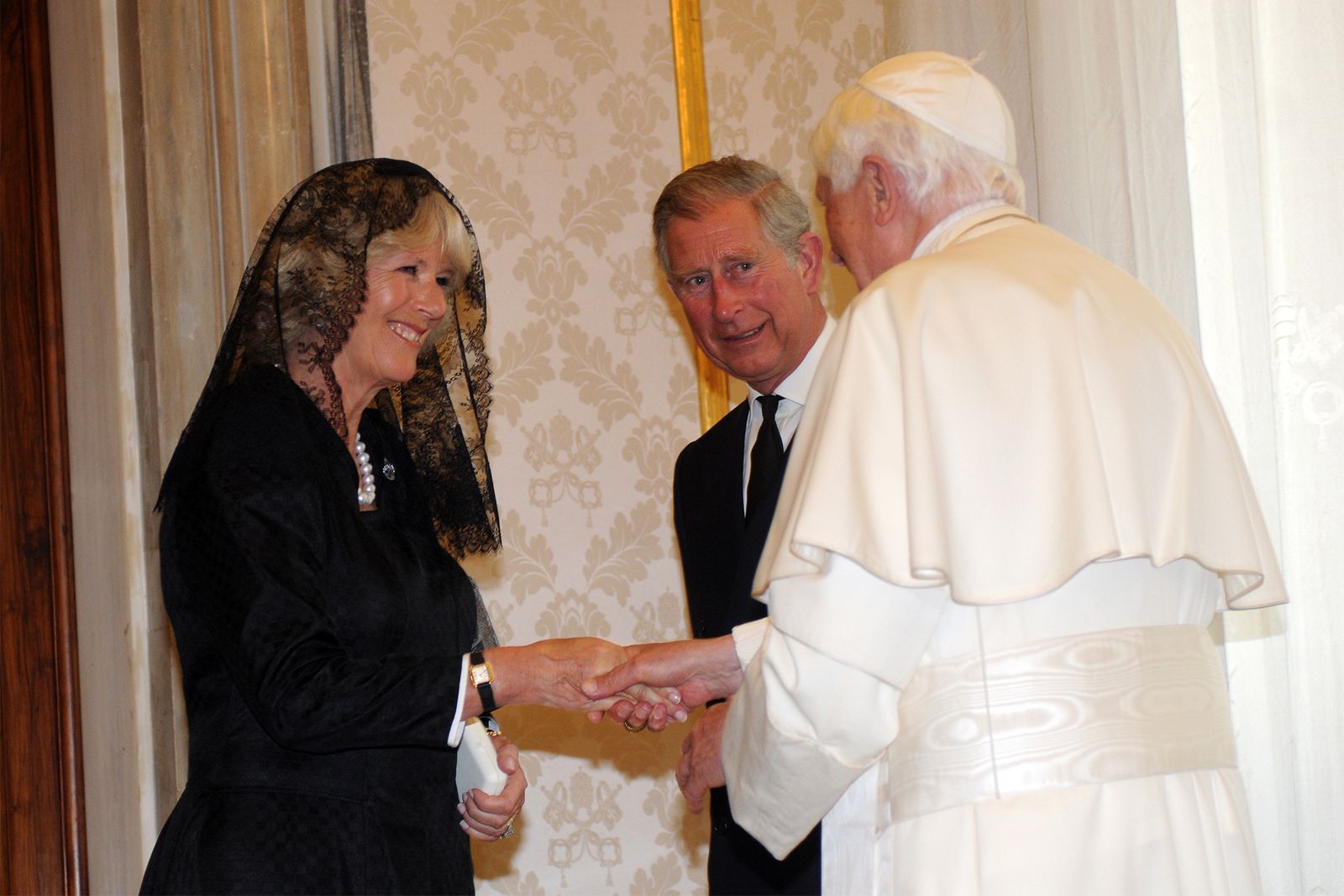
Even the rare cases of people wearing white by mistake have been gently reminded by the media and the Vatican, affirming the strictness of this ritual.
Flexibility in modern times
Under Pope Francis – who is known for his casual and modern style – the dress code has become more flexible. However, formal audiences remain strictly formal.
Many royal women, despite having the right to wear white, choose to wear black out of respect for tradition – a choice appreciated by the Vatican.
